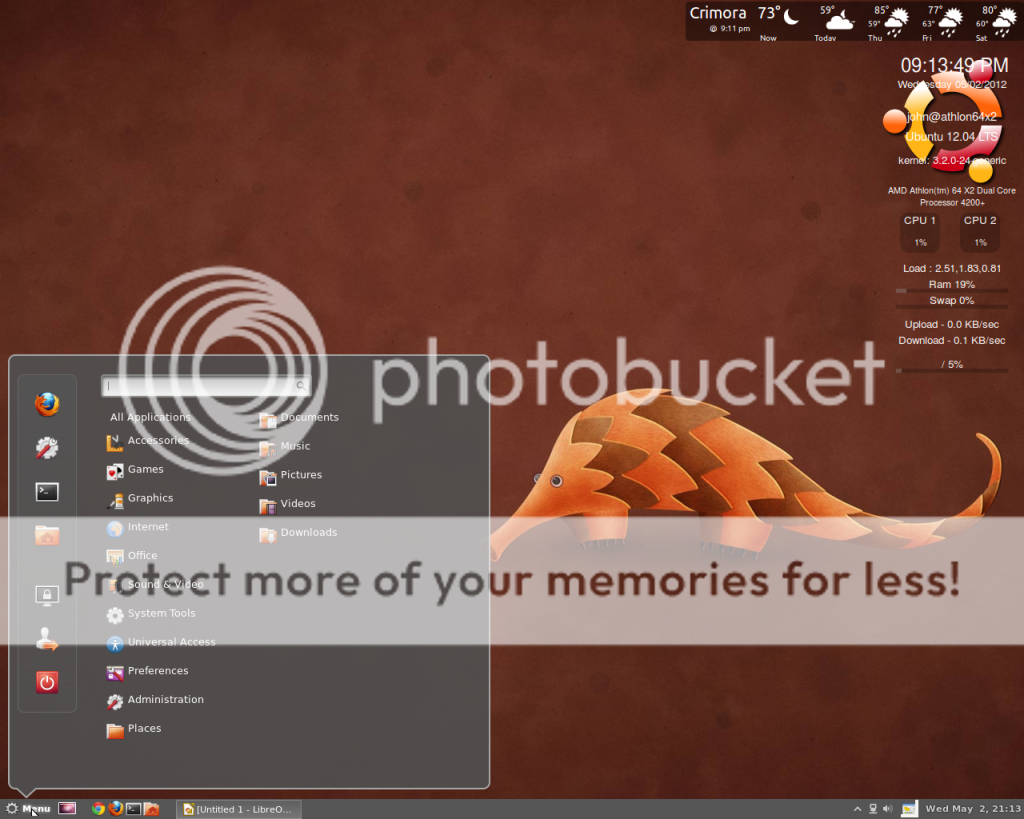FreedomEclipse
~Technological Technocrat~
- Joined
- Apr 20, 2007
- Messages
- 24,939 (3.76/day)
- Location
- London, UK
| System Name | WorkInProgress |
|---|---|
| Processor | AMD 7800X3D |
| Motherboard | MSI X670E GAMING PLUS |
| Cooling | Thermalright AM5 Contact Frame + Phantom Spirit 120SE |
| Memory | 2x32GB G.Skill Trident Z5 NEO DDR5 6000 CL32 |
| Video Card(s) | Gainward RTX 4070Ti Phantom Reunion (The54thvoid Edition) |
| Storage | WD SN770 1TB (Boot)|1x WD SN850X 8TB (Gaming)| 2x2TB WD SN770| 2x2TB+2x4TB Crucial BX500 |
| Display(s) | LG GP850-B |
| Case | Corsair 760T (White) {1xCorsair ML120 Pro|5xML140 Pro} |
| Audio Device(s) | Yamaha RX-V573|Speakers: JBL Control One|Auna 300-CN|Wharfedale Diamond SW150 |
| Power Supply | Seasonic Focus GX-850 80+ GOLD |
| Mouse | Logitech G502 X |
| Keyboard | Cherry G80-3000N (TKL) |
| Software | Windows 11 Home |
| Benchmark Scores | ლ(ಠ益ಠ)ლ |
Ive tried looking for a solution to my question on google but its turning up no hits, either no one has asked the question or im wording it badly.
so heres the relevant stuff:
I have a HP DM1 running Windows 7 Ultimate at the moment, a few days ago I decided to give another OS a go and decided that ubuntu would be a good candidate given the fact that a lot of DM1 owners are running it on theirs.
and heres where the question starts...
I have 8gigs of DDR3 in my DM1 so Im guessing I need the 64bit distro of Ubuntu. I also have an oldskool non-uefi aka 'legacy' bios.... but on the Ubuntu download page it says that systems that have a UEFI bios should install the 64bit distro but I cant find anything about installing a 64bit distro onto a machine with legacy bios.
Is it still possible?? Obviously I can burn the latest distro to disk and try it out for myself but Id rather save time and ask someone who knows what their dealing with when it comes to ubuntu.
Thanks.
so heres the relevant stuff:
I have a HP DM1 running Windows 7 Ultimate at the moment, a few days ago I decided to give another OS a go and decided that ubuntu would be a good candidate given the fact that a lot of DM1 owners are running it on theirs.
and heres where the question starts...
I have 8gigs of DDR3 in my DM1 so Im guessing I need the 64bit distro of Ubuntu. I also have an oldskool non-uefi aka 'legacy' bios.... but on the Ubuntu download page it says that systems that have a UEFI bios should install the 64bit distro but I cant find anything about installing a 64bit distro onto a machine with legacy bios.
Is it still possible?? Obviously I can burn the latest distro to disk and try it out for myself but Id rather save time and ask someone who knows what their dealing with when it comes to ubuntu.
Thanks.





